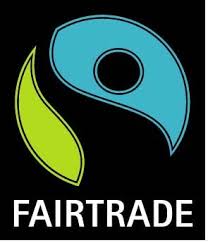Fair trade is all about helping good producers survive against those who exploit their workers and the environment to keep the profits up and prices low.
Fair trade can solve several problems at once: bad employment practice, child labour and environmental sustainablility
1. Products can be bought directly from the small so they don't have to sell to countries who will pay them very little for example Oxfam and bodyshop buy directly
2. Companies can appeal to ethnical shoppers by displaying a logo
3. We hear more and more shocking reports on children working in factories and the conditions. This sort of thing will stop is companies are forced to prove they're the good guys by applying the fair trade rules
Comments
No comments have yet been made